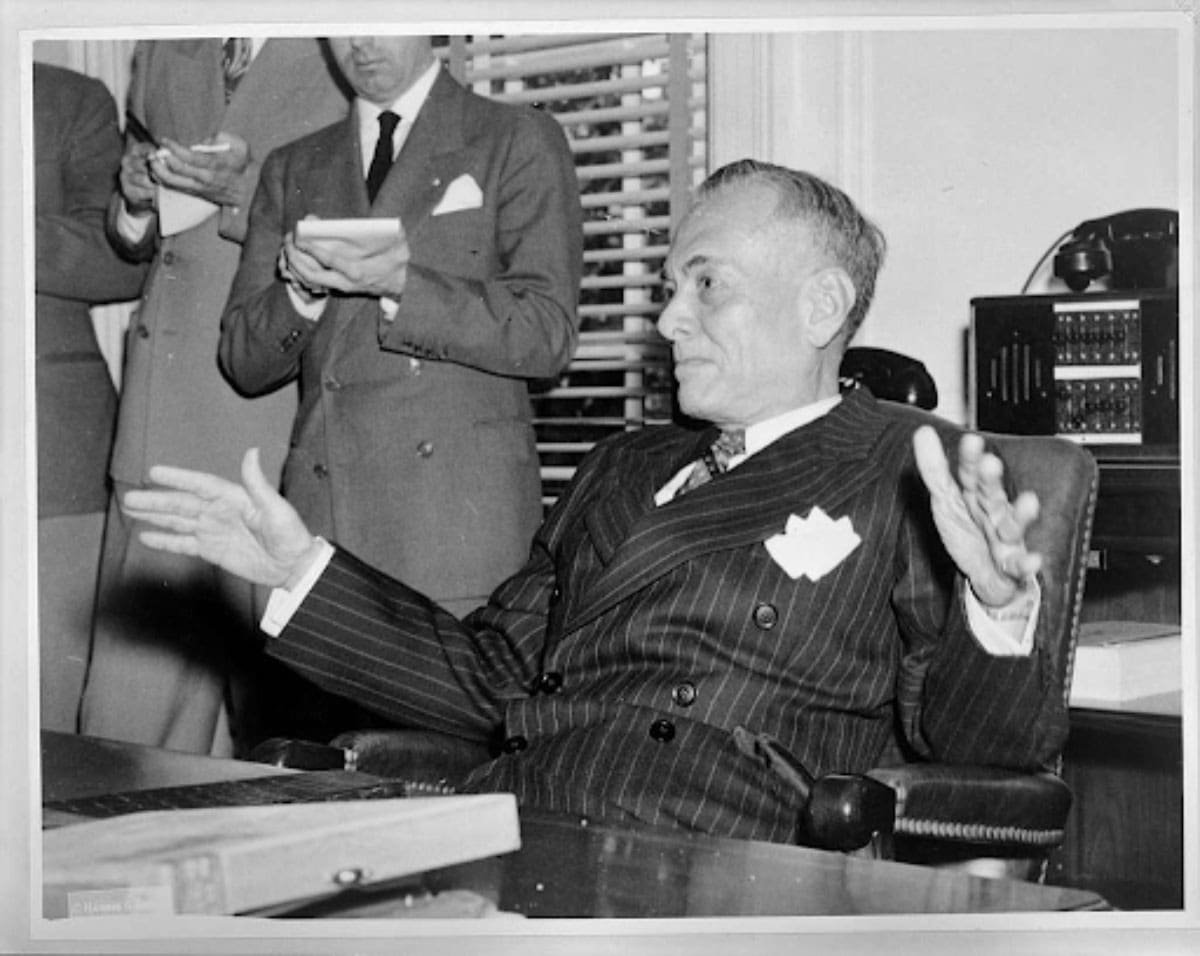Commonwealth of the Philippines

President of the Philippine Commonwealth Manuel Quezon Image Source: Library of Congress Public Domain Archive
Working Definition:
Though this may not be considered an inherently harmful term, it is included in this glossary to describe a transformation of colonial governance and steps taken toward Philippine independence, beginning in 1935. The 1934 Tydings-McDuffie Act, which set the stage for the Commonwealth of the Philippines, established a 10-year timeline for independence during which the United States oversaw diplomacy and matters of currency in the archipelago. Furthermore, the United States still controlled matters of immigration and could override policies established by the Commonwealth government. All policies of the Commonwealth government were also subject to U.S. Supreme Court review. Nevertheless, as a result of this process, in 1935, Manuel Quezon and Sergio Osmeña were elected President and Vice-President of the Commonwealth, respectively.
Related Terms:
Suggestions for Further Reading:
https://www.officialgazette.gov.ph/the-commonwealth-of-the-philippines/; Rick Baldoz, The Third Asiatic Invasion: Migration and Empire in Filipino America, 1898-1946 (New York: New York University Press, 2011); Salvador Araneta, America’s Double-Cross of the Philippines: A Democratic Ally in 1899 and 1946 (Sahara Heritage Foundation, 1999 [1978])
